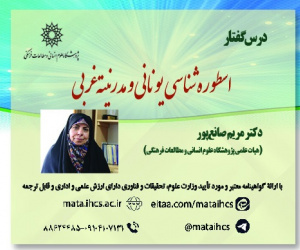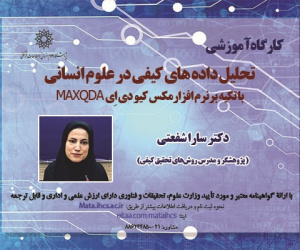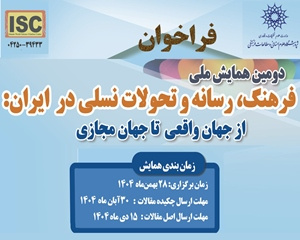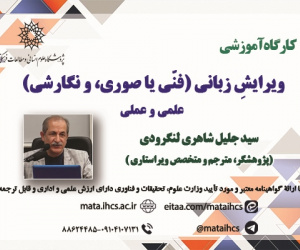واکاوی فرایند تکوین منطقه شهری: چهار چشم انداز (مورد مطالعه: منطقه شهری قزوین) (مقاله علمی وزارت علوم)
درجه علمی: نشریه علمی (وزارت علوم)
آرشیو
چکیده
هدف از این تحقیق بررسی سیر تکوین منطقه شهری قزوین به منظور بهینه کردن تصمیمات مسئولان برای ارتقای کارایی و بهره برداری پایدار فضایی بود. از نظر روش شناسی، به کمک فراتحلیل، چهار چشم انداز طبیعی فرهنگی، اداری سیاسی، عملکردی، و ارتباطی منطقه شهری استخراج و جمع بندی نظری شد. برای تجزیه وتحلیل نیز از آمار فضایی Gis استفاده شد. یافته ها حاکی از وجود نگرش صرفاً کالبدی و سیاسی بود. چشم انداز اداری سیاسی منطقه شهری (تنها منطقه رسمی) و منطقه شهری عملکردی (به رغم وجود به صورت غیررسمی) به عنوان مناطق شهری شناسایی شده منطقه قزوین اند. در بررسی چشم انداز طبیعی فرهنگی منطقه شهری قزوین، منطقه البرز جنوبی شناسایی شد. ا ین منطقه به علت موقعیت چهارراهی از انسجام فرهنگی برخوردار نیست و مجاورت با مرکز سیاسی کشور باعث بحرانی شدن حیات زیستی آن و تغییر نقش منطقه شده است. نتایج نشان داد ابتدا باید برنامه ریزی اکولوژیک محور به منزله مبنای تصمیمات برنامه ریزی و توسعه فضایی صورت گیرد و با توجه به عدم انسجام فرهنگی منطقه قزوین اقدام به هویت بخشی از طریق حکمروایی منطقه ای شود. سپس باید مناطق اقتصادی برآمده از مناطق هم پیوند عملکردی را با توجه به شرایط اکولوژیک منطقه تقویت و جهت دهی کرد. اگرچه کاربست نگرش نومنطقه گرایی در سطح فراملی بنا بر شرایط خاص سیاسی ایران امکان پذیر نیست، کاربست آن در سطح منطقه ای و محلی به منظور کاهش بحران اکولوژیکی (منابع آب) و هویت بخشی به منطقه شهری قزوین امری اجتناب ناپذیر جلوه می کند.The Exploration of the Process of Urban Area Development From Four Perspectives: The Case Study of Qazvin Urban Area
The purpose of this study was examining the course of development of Qazvin urban area in order to optimize the decisions of related authorities to enhance sustainable spatial efficiency and exploitation. Through a meta-analysis, four urban area perspectives were extracted, including natural-cultural, administrative-political, functional, and communicative. This was then followed by a theoretical conclusion. GIS spatial statistics were used for the analysis purposes. The results indicated the presence of only the physical and political perspective. The administrative-political perspective of urban area (as the only formal area) and functional urban area (only in an informal manner) were identified as the urban perspectives of Qazvin. The investigation of the natural-cultural perspective of Qazvin urban area led to the identification of southern Alborz area, which based on water resources approximately conforms to the political borders of Qazvin province. Due to its use as a crossroads, this area does not have cultural coherence, and its closeness to the political capital of Iran has made its environmental conditions critical and has changed the role of this area. To solve these problems, it is suggested that first an ecological planning is done as the basis of spatial planning and development decisions. Moreover, due to the cultural inconsistency of Qazvin area, it is suggested to adopt creation of identity through regional governance. Moreover, the economic areas resulting from functionally connected areas should be enhanced and directed in the light of the ecological conditions of the area. Although the application of neo-regionalism viewpoint at transnational level is not possible due to the specific political conditions of Iran, its application in regional and local levels seems to be unavoidable in order to reduce ecologic crisis (water resources) and enhance identity creation in Qazvin urban area.







